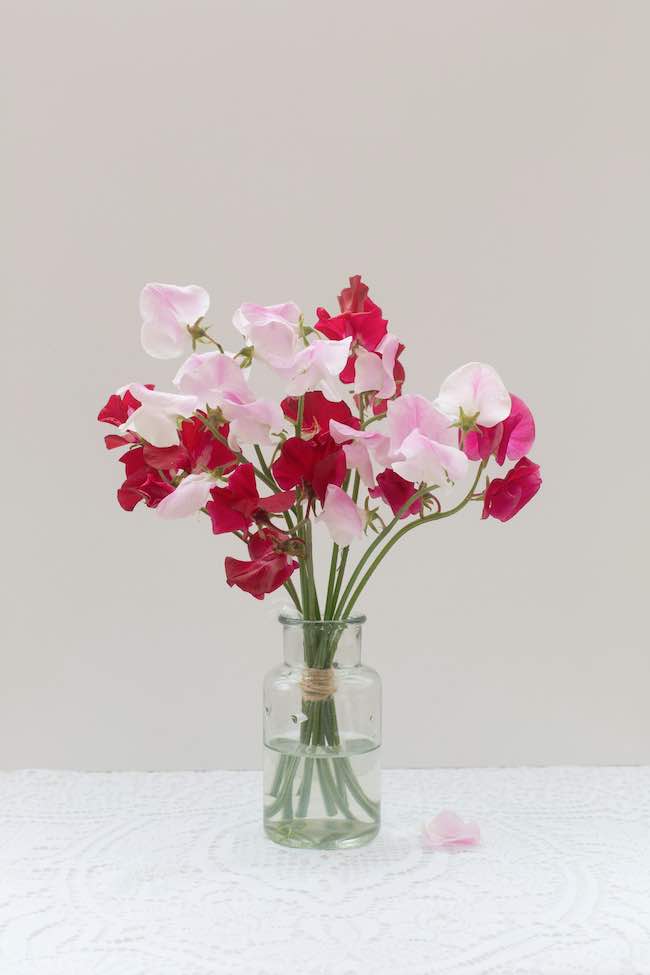Unveiling the Beauty of Sweet Peas: A Guide to Growing and Nurturing These Fragrant Blooms

Sweet peas, with their delicate petals and enchanting fragrance, have long been cherished by gardeners for their beauty and charm. Growing these lovely flowers brings joy to any garden and provides a delightful sensory experience. However, successfully nurturing sweet peas from seed to bloom requires understanding their unique needs, including breaking their seed coat to overcome dormancy. In this article, we delve into the intricacies of growing sweet peas, from seed to blossom.
Understanding Sweet Peas: Sweet peas (Lathyrus odoratus) are annual flowering plants native to Sicily, Cyprus, and southern Italy. Revered for their vibrant colours and captivating scent, they have been cultivated for centuries. Sweet peas belong to the legume family, Fabaceae, and thrive in cool climates with well-drained soil and ample sunlight.
Breaking Seed Dormancy: One of the critical steps in growing sweet peas is breaking their seed dormancy. Sweet pea seeds have a hard outer coat that can inhibit germination. Breaking this coat, also known as scarification, allows moisture to penetrate the seed, triggering germination. There are several methods to achieve this:
- Nick or Scarify the Seed Coat: Use a sharp knife or nail clippers to nick or scratch the seed coat gently. This process creates small openings through which water can enter, promoting germination.
- Soak Seeds Overnight: Place the sweet pea seeds in a bowl of lukewarm water and allow them to soak overnight. The water softens the seed coat, facilitating germination.
- File the Seed Coat: Lightly file the seed coat with a nail file or sandpaper to weaken it. Be cautious not to damage the inner seed.
- Boiling Water Treatment: Pour boiling water over the seeds and let them soak for several hours. This method imitates the natural process of seeds passing through a bird’s digestive system, softening the seed coat.
Whichever method you choose, it’s essential to handle the seeds with care to avoid damaging the delicate embryo inside.
Planting and Care: Once the seed coat is properly scarified, it’s time to plant the sweet pea seeds. Select a sunny location with well-draining soil enriched with organic matter. Plant the seeds about an inch deep and six inches apart, either directly into the ground or in containers if you prefer. Water the seeds gently but thoroughly after planting to settle the soil around them.
As the seedlings emerge, provide support in the form of trellises or bamboo stakes to encourage upward growth. Sweet peas are climbers and appreciate something to cling to as they grow.
Water the plants regularly, ensuring the soil remains consistently moist but not waterlogged. Mulching around the base of the plants can help retain moisture and suppress weeds.
Fertilise the sweet peas every few weeks with a balanced fertiliser to promote healthy growth and abundant flowering. Deadhead blooms regularly to encourage continuous flowering throughout the season.
Growing sweet peas is a rewarding endeavour that allows gardeners to immerse themselves in the beauty and fragrance of these beloved blooms. By understanding the importance of breaking seed dormancy and providing proper care, you can enjoy a bountiful display of sweet peas in your garden. With their vibrant colours and enchanting scent, sweet peas are sure to captivate the hearts of all who encounter them.